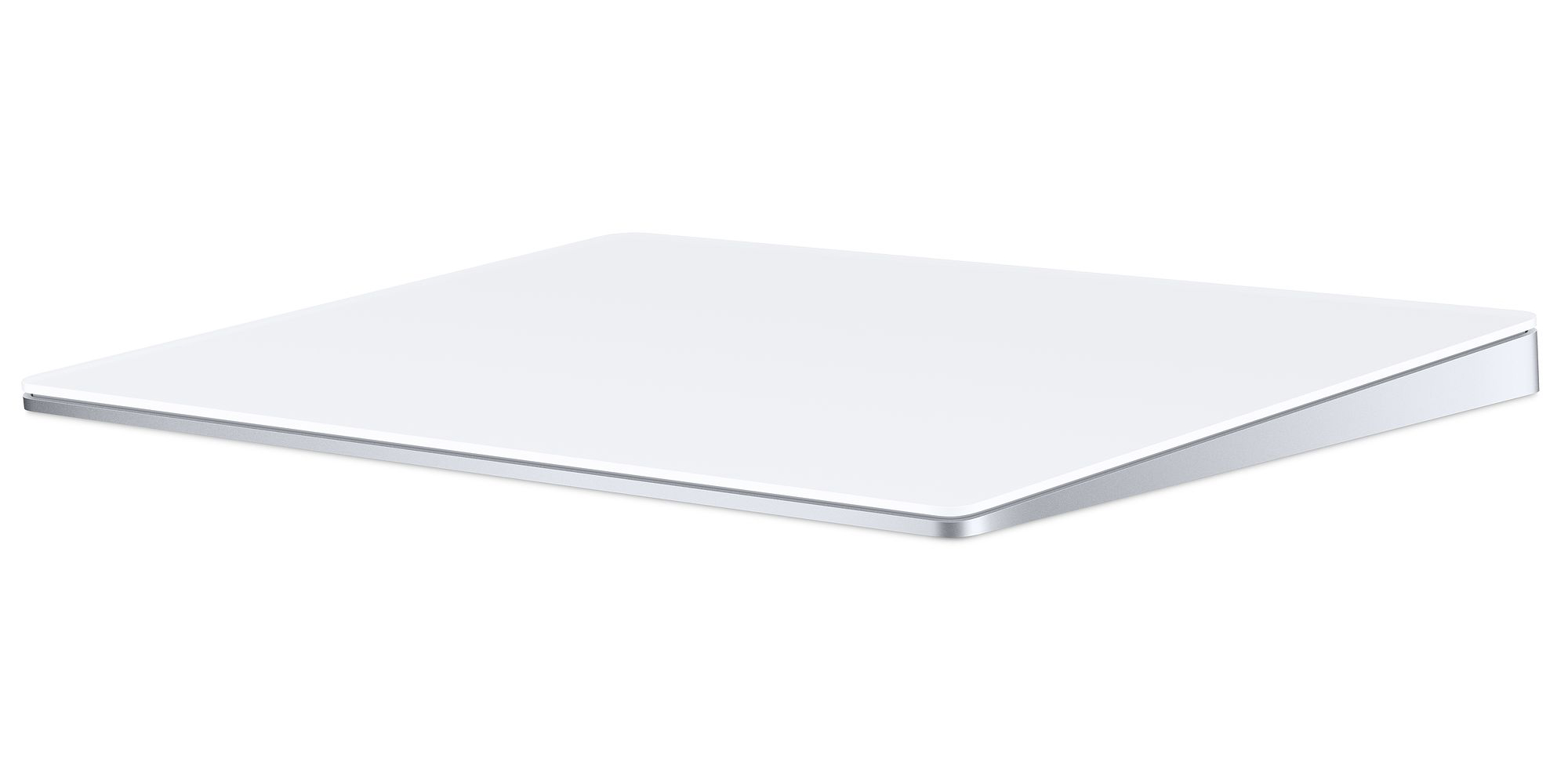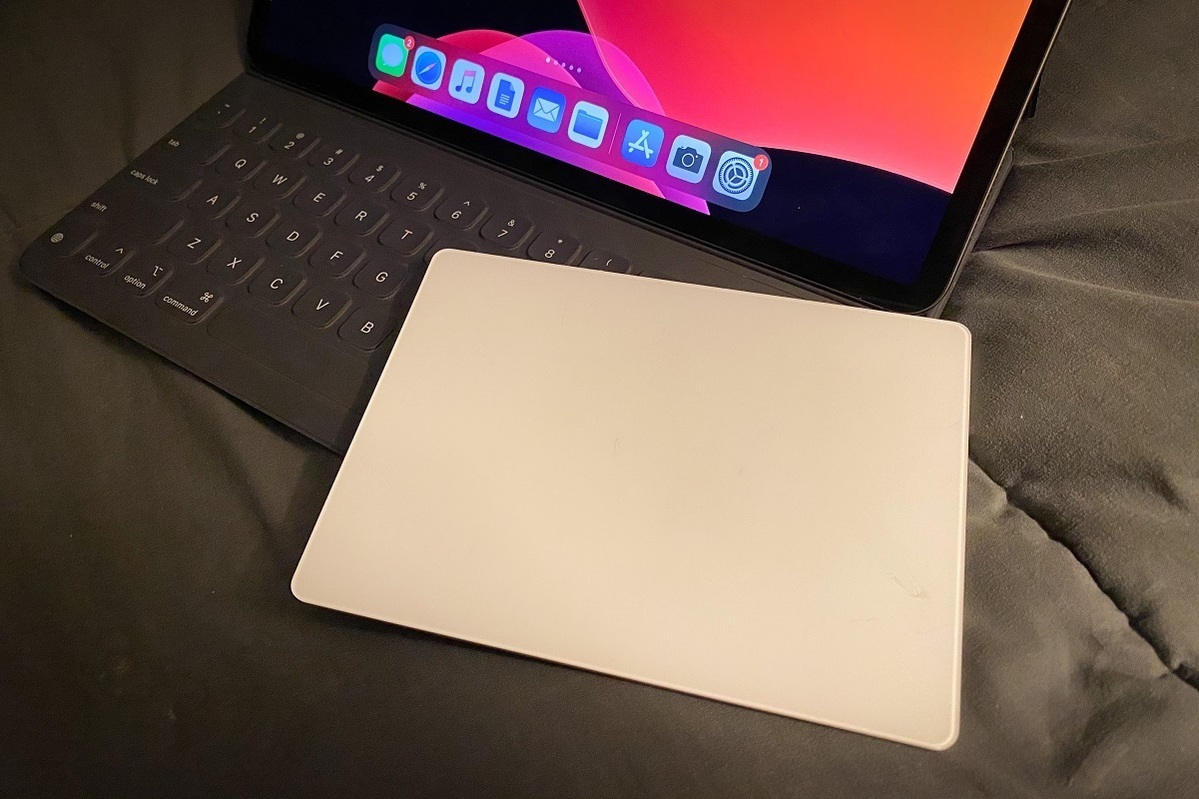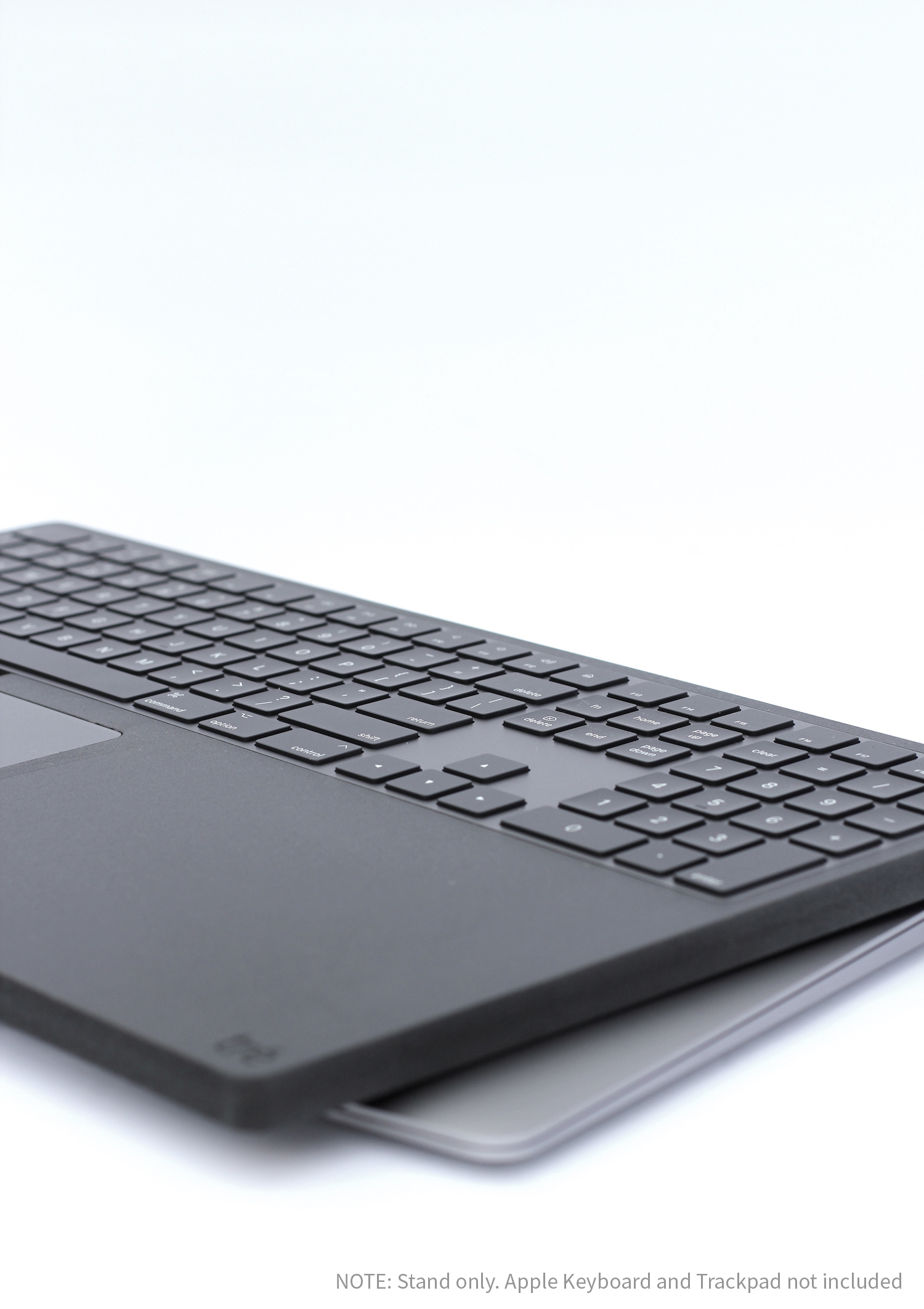

Though developed by Apple, the mouse was designed by Hovey-Kelley (renamed IDEO in 1991 ), who built hundreds of prototypes and conducted exhaustive testing with focus groups in order to create an ideal shape for the Lisa mouse. It connected to the computer by means of a standard squeeze-release DE-9 connector. Unique to this mouse was the use of a steel ball, instead of the usual rubber ball found in subsequent Apple mice. Included with the Lisa system in 1983, it was based on the mouse used in the 1970s on the Alto computer at Xerox PARC.


The mouse created for the Apple Lisa was one of the first commercial mice ever produced. With the design complete, the operating system was adapted to interface with the single button design using keystrokes in combination with button clicks to recreate some of the features desired from the original Xerox three-button design. Hundreds of prototypes later, Apple settled on a single button mouse, roughly the size of a deck of cards. Apple commissioned Hovey-Kelley Design (which later became IDEO) to assist them with the mouse design, which not only had to be redesigned to cost US$25 instead of US$400, but also needed to be tested with real consumers outside a laboratory setting to learn how people were willing to use it. One of the biggest problems was that the three button Xerox mouse cost over US$400 to build, which was not practical for a consumer-based personal computer. Some years later it was learned that they had licensed it to Apple for something like US$40,000." Apple was so inspired by the mouse they scrapped their current plans and redesigned everything around the mouse and GUI. During an interview, Engelbart said "SRI patented the mouse, but they really had no idea of its value. It was there they discovered the mouse, invented by Douglas Engelbart while he was working at SRI International (SRI) the mouse had subsequently been incorporated into the graphical user interface (GUI) used on the Xerox Alto. In 1979, Apple was planning to develop a business computer, and arranged a visit with the Xerox Parc research center to view some of their experimental technology. The rubber ball tracking mechanism of the ADB Mouse II. Apple's current mouse, the Magic Mouse 2, uses laser tracking.
#Trackpad magic pro#
Mice made by Apple contained a ball-tracking control mechanism, until the Pro Mouse in 2000 when Apple moved to an optical-based tracking mechanism. Mice manufactured by Apple previously only had a single button control interface, until the Mighty Mouse in 2005, which introduced a clickable scroll ball and multiple programmable buttons.


 0 kommentar(er)
0 kommentar(er)
